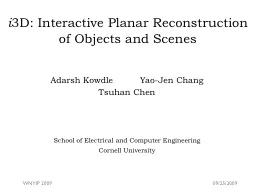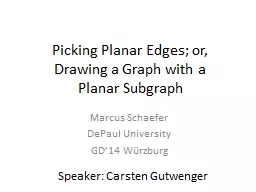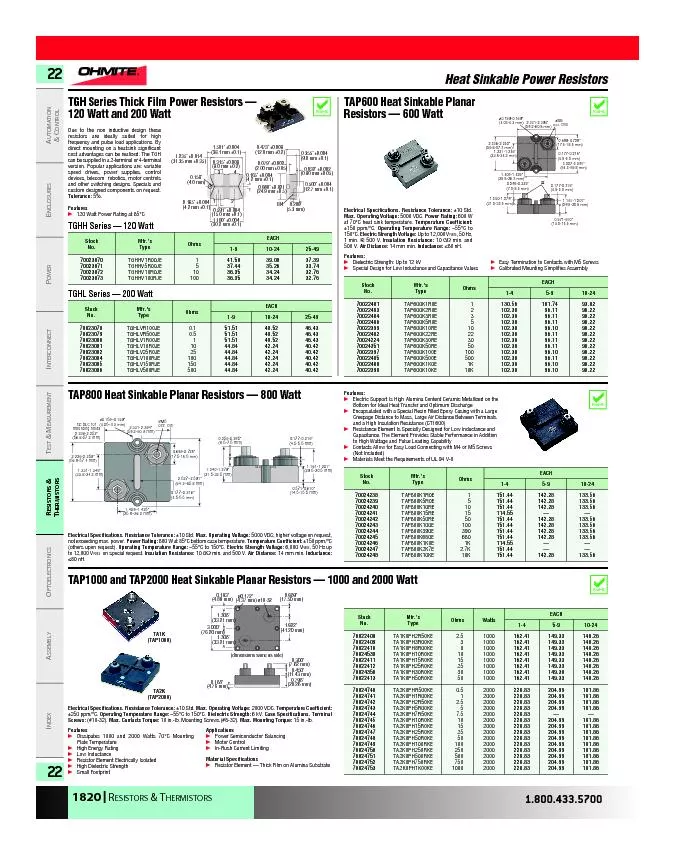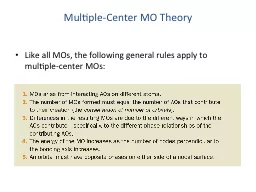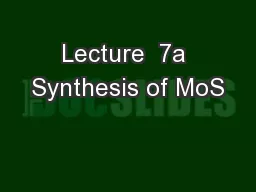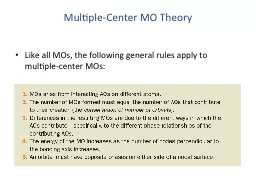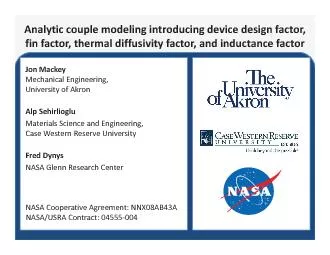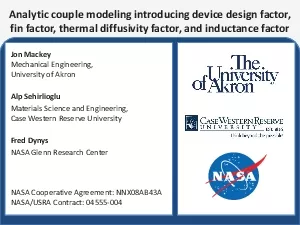PPT-III-V MOS: Planar and Fin Technologies
Author : faustina-dinatale | Published Date : 2016-04-07
2014 MRS Spring Meeting April 23 San Francisco MJW Rodwell UCSB IIIV MOS S Lee CY Huang D Elias V Chobpattanna J Law AC Gossard S Stemmer UCSB T Kent A Kummel
Presentation Embed Code
Download Presentation
Download Presentation The PPT/PDF document "III-V MOS: Planar and Fin Technologies" is the property of its rightful owner. Permission is granted to download and print the materials on this website for personal, non-commercial use only, and to display it on your personal computer provided you do not modify the materials and that you retain all copyright notices contained in the materials. By downloading content from our website, you accept the terms of this agreement.
III-V MOS: Planar and Fin Technologies: Transcript
Download Rules Of Document
"III-V MOS: Planar and Fin Technologies"The content belongs to its owner. You may download and print it for personal use, without modification, and keep all copyright notices. By downloading, you agree to these terms.
Related Documents






